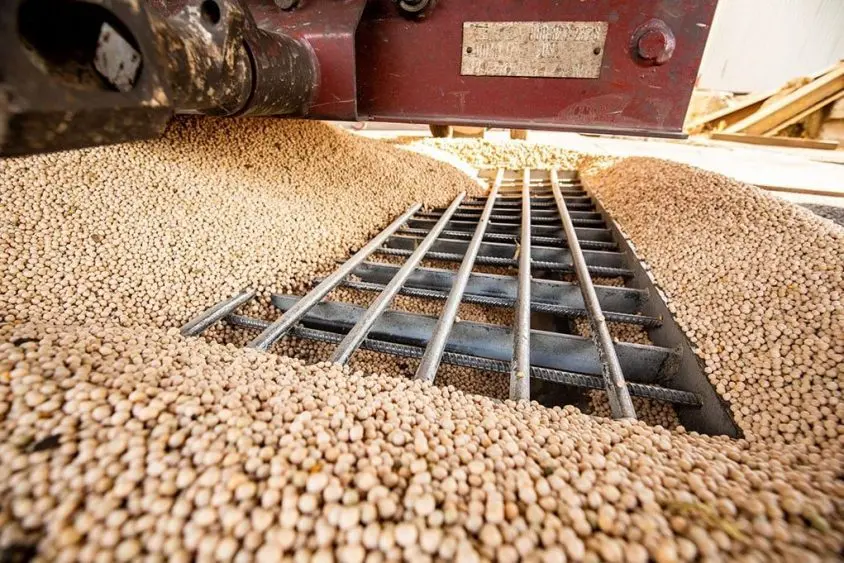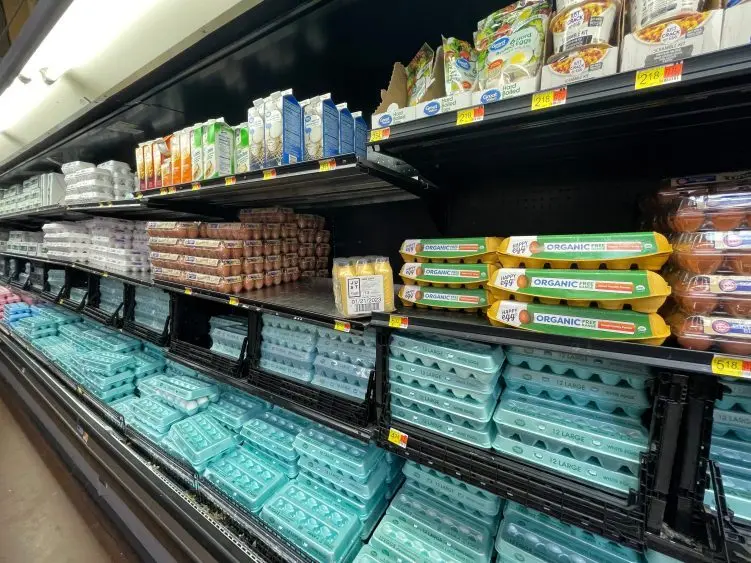
President Donald Trump’s administration faces a critical deadline Monday to tell two federal judges whether it will comply with court orders to continue funding the Supplemental Nutrition Assistance Program (SNAP) during the ongoing government shutdown. The program, which provides food assistance to about one in eight Americans, costs roughly $8 billion per month and is a cornerstone of the nation’s social safety net.
The U.S. Department of Agriculture announced plans to freeze SNAP payments starting November 1, saying it could no longer sustain the program without an approved federal budget. Millions of low-income families now face uncertainty over how they will afford food, as benefits for November are expected to be delayed regardless of the court outcomes. Many states typically load SNAP benefits early in the month, but the process can take a week or more, creating widespread anxiety among recipients.
In response, Democratic state attorneys general and governors from 25 states, along with the District of Columbia, filed lawsuits challenging the administration’s decision. They argue the federal government has a legal obligation to keep SNAP running under existing law. Several cities and nonprofit organizations also joined the legal challenge.
On Friday, federal judges in Rhode Island and Massachusetts issued separate rulings ordering the Trump administration to continue SNAP funding. Both rulings gave the administration limited flexibility, allowing for either partial or full funding for November. U.S. District Judge John J. McConnell in Providence ordered USDA to fund the program using at least its $5 billion contingency fund and required an update on compliance by Monday. He also ruled that all previous work requirement waivers—such as those for veterans and older adults—must remain in effect, countering USDA’s attempt to revoke them during the shutdown.
In Boston, U.S. District Judge Indira Talwani ruled that the USDA’s decision to suspend SNAP payments was unlawful. She ordered the department to confirm by Monday whether it would use emergency reserves to provide partial benefits or fully fund the program using both contingency and additional available funds. Democratic officials say USDA could tap into another $23 billion in separate reserves if necessary.
Advocates warn that pausing food assistance would push millions into crisis, forcing families to choose between groceries and other essential expenses. In the meantime, many states have announced expedited food bank funding or creative methods to load at least partial benefits onto recipients’ SNAP cards to mitigate the disruption.
To qualify for SNAP in 2025, a family of four’s net income after allowable expenses must fall below the federal poverty line, about $32,000 per year. The program supported nearly 42 million people last year—two-thirds of them in families with children.



